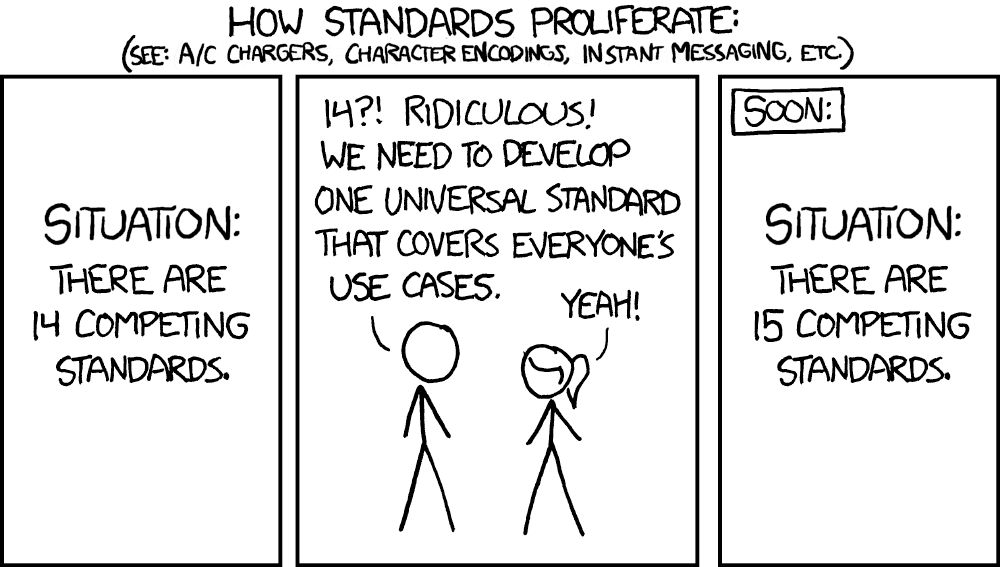Earnest lad
Well-known member
Having recently gotten interested in keeping a proper life list for birds seen, I found out there are four main checklists, IOC, Clements, HBW, and, latterly Howard and Moore.
I have compiled my lists for the first three using spreadsheets I downloaded from the internet.
However I have not been able to find a dedicated spreadsheet for Howard and Moore.
Actually, there is one spreadsheet available which is a comparision of all the four, but that one doesnt give common names of birds (only latin names)
Therefore please does anyone know whether there is a spreadsheet for Howard and Moore I can obtain anywhere? (assuming that having one would not breach any copyright issues).
Many thanks
I have compiled my lists for the first three using spreadsheets I downloaded from the internet.
However I have not been able to find a dedicated spreadsheet for Howard and Moore.
Actually, there is one spreadsheet available which is a comparision of all the four, but that one doesnt give common names of birds (only latin names)
Therefore please does anyone know whether there is a spreadsheet for Howard and Moore I can obtain anywhere? (assuming that having one would not breach any copyright issues).
Many thanks
Last edited:









